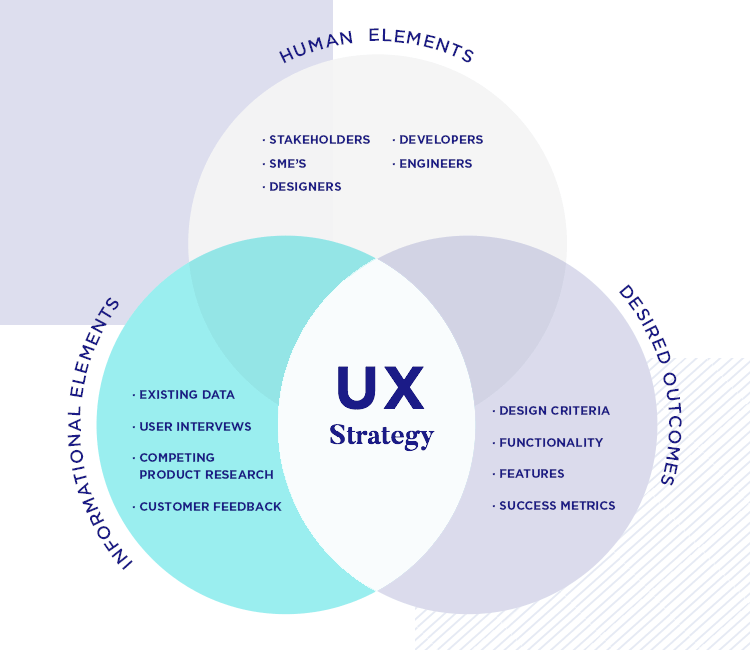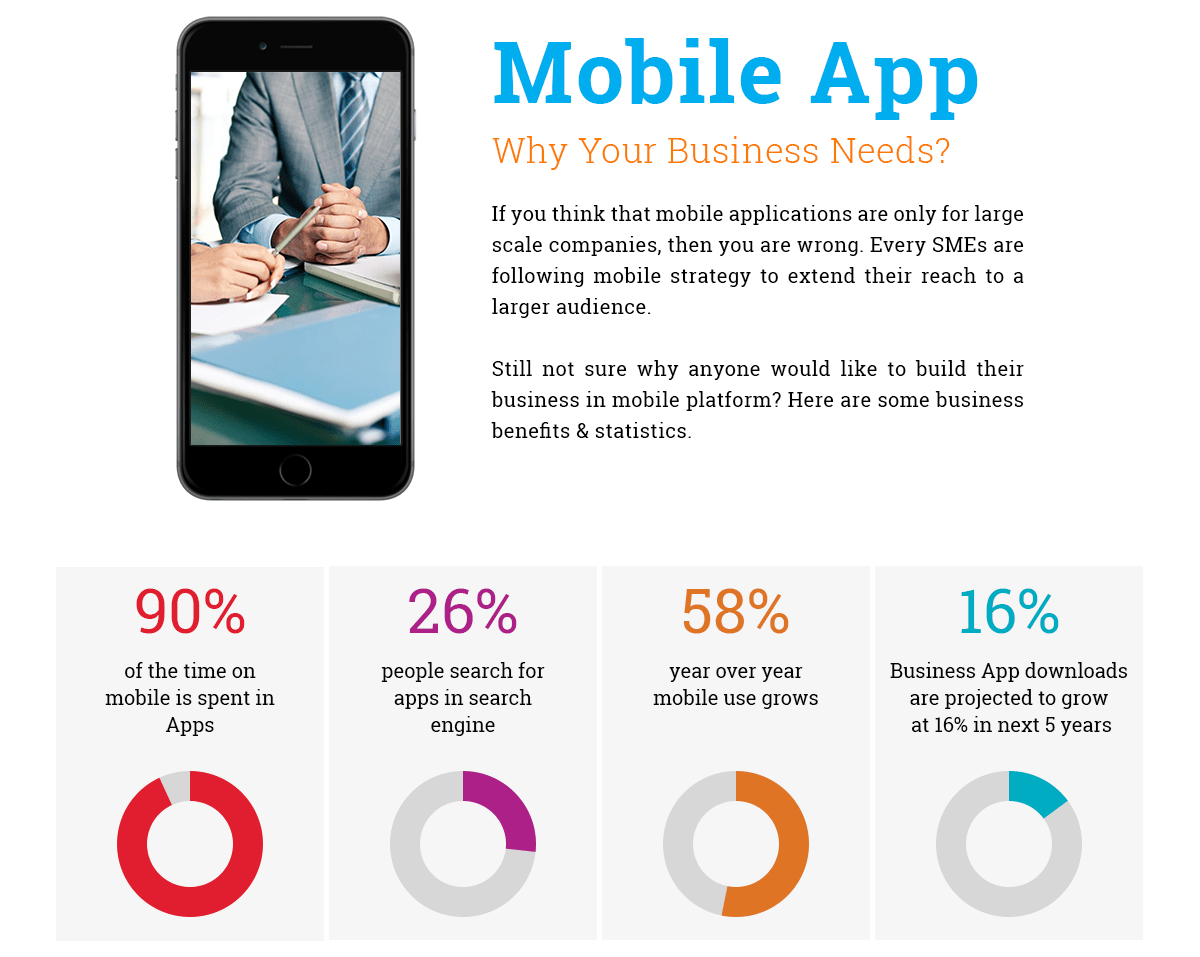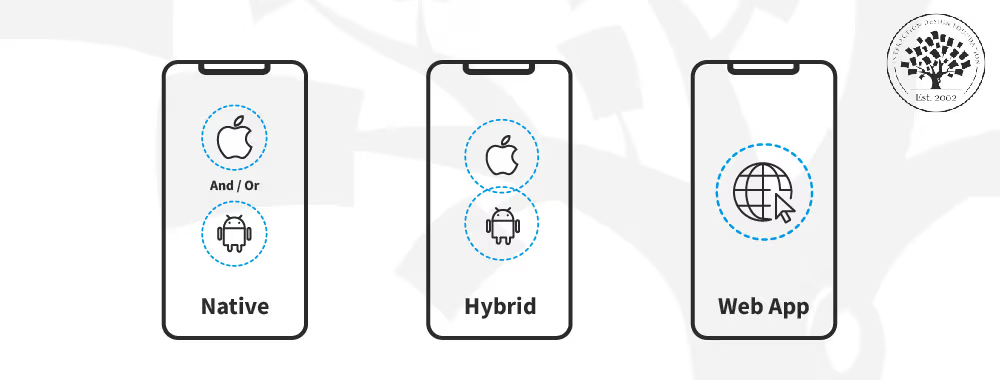Introduction
In today’s fast-paced business environment, organizations need instant insights to make smarter decisions. Real-time monitoring with dashboards has become a vital tool for leaders who want to track key metrics, identify issues as they happen, and ensure operations run smoothly. By visualizing live data, companies can proactively respond to challenges instead of waiting for reports that arrive too late.
At Singleclick, a leading IT solutions provider since 2013, we specialize in helping organizations across the Arab world embrace digital transformation with cutting-edge tools like real-time dashboards, low-code platforms, ERP, CRM, and cloud-native hosting.
What is a Real-Time Monitoring Dashboard?
A real-time monitoring dashboard is an interactive interface that displays live data from multiple sources in one centralized view. Unlike static reports, dashboards update continuously, allowing teams to monitor KPIs, performance, and workflows as they evolve.
For example:
- A retail company can see live sales transactions.
- A logistics team can monitor fleet movements instantly.
- An IT operations team can identify network threats in seconds.
This shift from reactive to proactive management enables businesses to act with precision.
How to Create a Real-Time Dashboard
Building an effective real-time dashboard involves more than just connecting data streams. It requires:
1. Define Clear Objectives
Identify which KPIs and metrics matter most. For instance, sales growth, customer satisfaction, or server uptime.
2. Choose the Right Tools
Modern BI platforms, IoT integrations, and APIs can connect diverse data sources into one dashboard.
3. Ensure Accessibility
Dashboards should be cloud-based, mobile-friendly, and easily shared across departments.
4. Design with Usability in Mind
Use charts, graphs, and filters that are intuitive. The dashboard must communicate insights in seconds.
(For a deeper look at how data accelerates business transformation, check our article on Accelerating Digital Transformation Through Data).
The 5-Second Rule for Dashboards
A golden principle in dashboard design is the 5-second rule. Users should be able to understand the key insights within five seconds of looking at the screen.
To achieve this:
- Keep layouts clean and uncluttered.
- Prioritize critical KPIs at the top.
- Use color coding and alerts to highlight anomalies.
This ensures decision-makers do not waste time digging through complex visuals.
Can Tableau Do Real-Time Dashboards?
Yes. Popular BI tools like Tableau support real-time dashboards through live data connections. When connected to databases, cloud services, or APIs, Tableau can refresh data instantly, making it a powerful solution for industries requiring up-to-the-minute insights.
However, businesses should ensure proper data governance and performance optimization to avoid lags when scaling real-time solutions.
Benefits of Real-Time Monitoring with Dashboards
Improved Decision-Making
Leaders make confident decisions based on current data instead of outdated reports.
Enhanced Operational Efficiency
Teams can quickly detect and resolve issues, minimizing downtime.
Increased Transparency
Departments share a unified view of performance, eliminating silos.
Better Customer Experience
Organizations can respond faster to customer needs and market changes.
Conclusion
Real-time monitoring with dashboards is no longer a luxury—it is a necessity for competitive organizations. By combining live data with clear visualization, businesses can act quickly, improve efficiency, and gain a sharper edge in the market.
At Singleclick, we empower companies with customized IT solutions, including dashboards, ERP, CRM, and cybersecurity. Our experts design systems that transform raw data into strategic action.
📞 Contact us today: +2 010 259 99225 / +971 42 475421 / +966 58 1106563
🌐 Visit us: https://singleclic.com/







